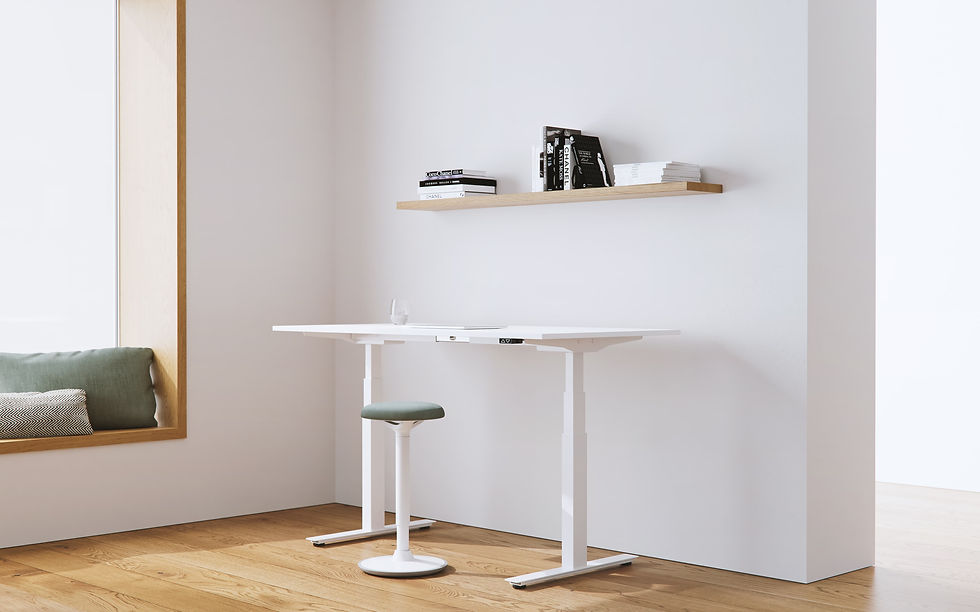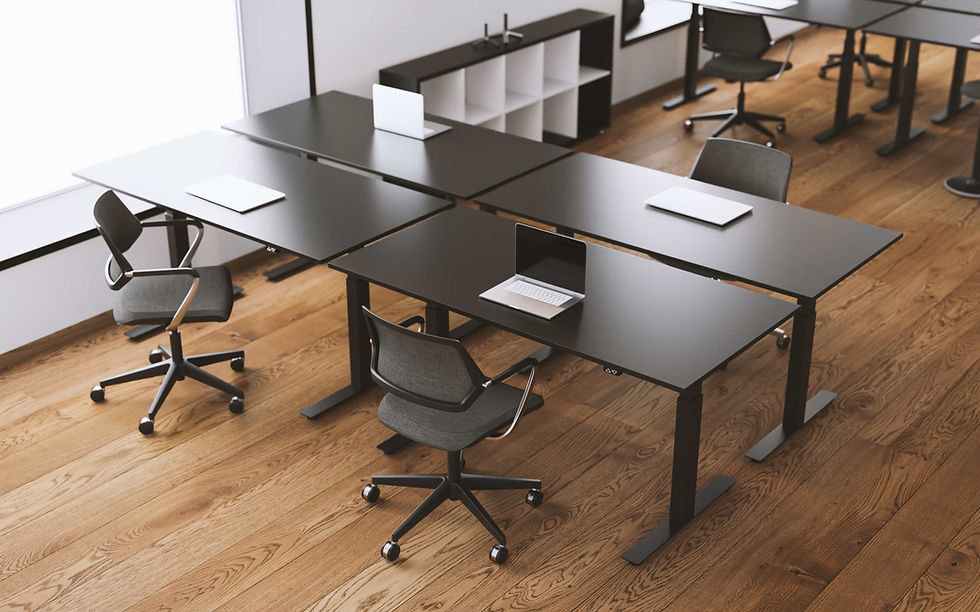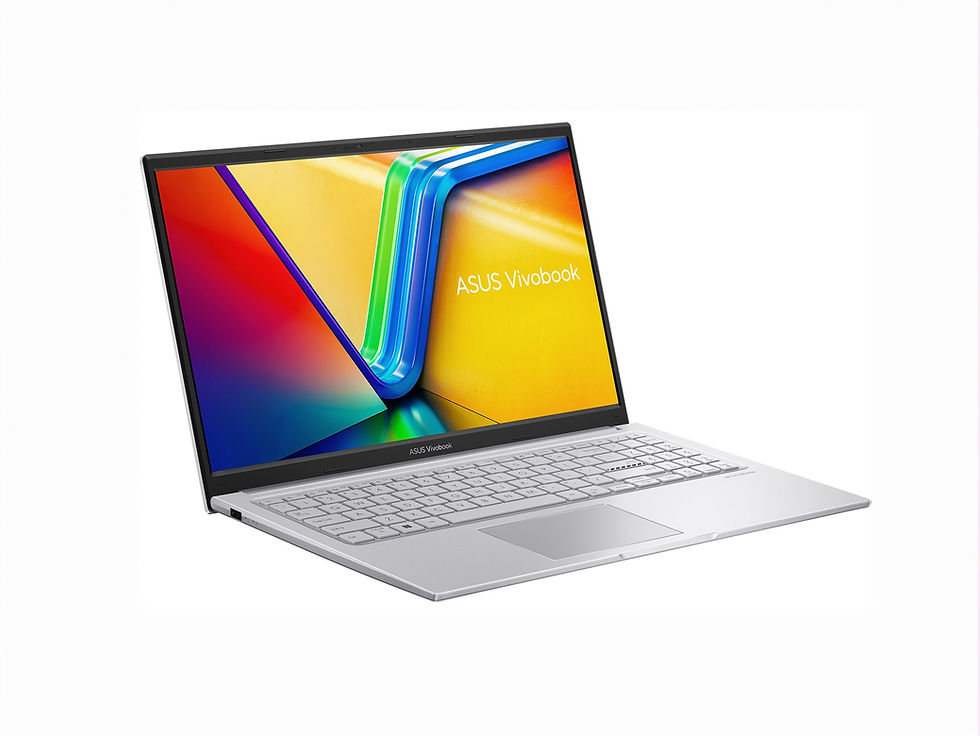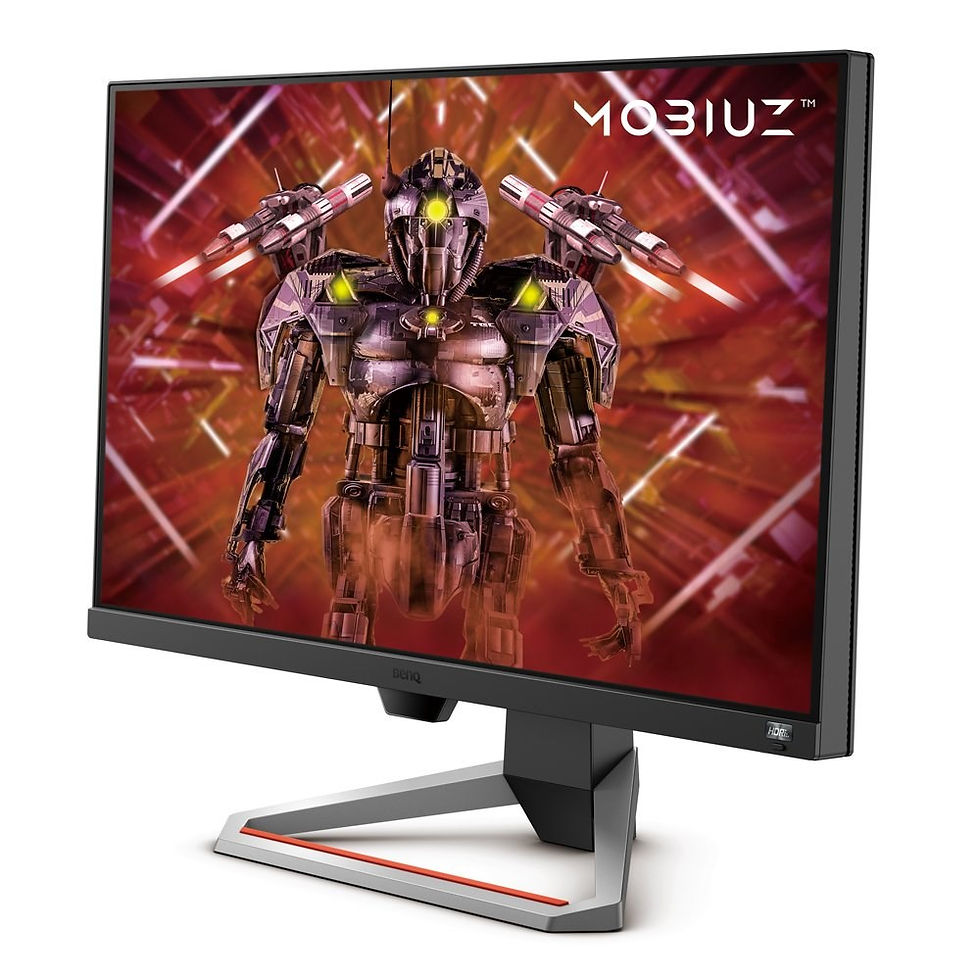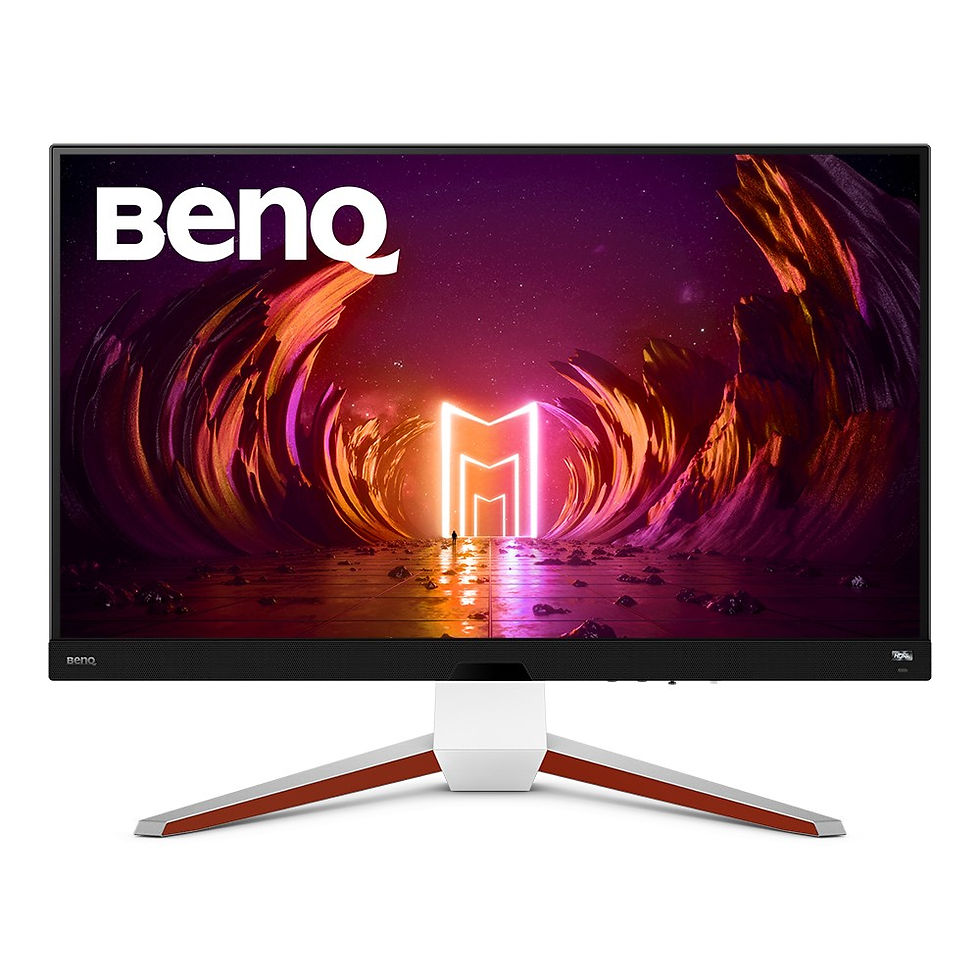Audio
Discover audio gear that brings clarity, comfort, and reliability to your everyday work, calls, gaming, and creative projects. Our selection includes high-quality microphones, headsets, headphones, speakers, and accessories designed for natural sound and hassle-free use.
Whether you need a microphone for recording or streaming, headphones for focused work, or compact speakers for your desk setup, you’ll find options that deliver clean sound, solid build quality, and a comfortable listening experience. Many models support noise reduction, high-resolution audio, and easy plug-and-play connection to your PC, laptop, or console.
Choose the audio tools that match your routine — from professional-grade gear to simple everyday solutions — and enjoy clear sound tailored to your needs.


How to Choose the Right Audio Gear
Choosing the right audio gear makes a big difference in how clearly you sound, how comfortable you feel, and how enjoyable your daily tasks are — whether you're working, gaming, streaming, or creating content.
Here are the key things to keep in mind when picking the perfect device:
1. Know what you need it for
Different tasks require different types of audio gear:
-
Video calls and office work: a lightweight headset with a clear microphone.
-
Streaming or recording: a condenser or dynamic microphone.
-
Gaming: a comfortable headset with good voice pickup.
-
Everyday listening: simple headphones or compact speakers.
Once you know your purpose, choosing becomes much easier.
2. Pick the right microphone type
Each microphone type works best in different situations:
-
Condenser microphones – very sensitive and ideal for streaming, podcasts, and voice recording.
-
Dynamic microphones – better at reducing background noise and great for untreated rooms.
-
USB microphones – simple “plug-and-play” setup for quick use.
-
XLR microphones – professional choice for studios and high-quality recording.
If your room isn’t very quiet, a dynamic microphone often gives the cleanest results.
3. Consider comfort and fit
If you spend several hours a day wearing a headset, comfort matters a lot:
-
lightweight design
-
soft ear cushions
-
adjustable headband
-
breathable materials
A comfortable fit improves focus and reduces fatigue.
4. Check your connection options
Choose equipment that works smoothly with your device:
-
USB-C / USB-A – easy connection for laptops and desktops
-
3.5 mm jack – widely compatible with most devices
-
XLR – for professional interfaces and mixers
-
Bluetooth – convenient for everyday listening
Wired setups usually provide more stable audio quality.
5. Think about useful accessories
Small additions can noticeably improve your setup:
-
microphone stands and boom arms
-
pop filters
-
shock mounts
-
quality cables
-
desk mounts and holders
-
audio interfaces (for XLR microphones)
These help improve clarity, reduce noise, and keep your desk organized.
Summary
The best audio gear is the one that fits your work style, environment and daily routine. A good microphone, comfortable headset or compact speaker setup can make calls clearer, recordings cleaner and your overall experience more enjoyable.
You might like
FAQ – Audio
1. Do I need a USB or XLR microphone?
A USB microphone is the easiest option — just plug it in and start talking. It’s perfect for calls, streaming and everyday use.
An XLR microphone gives better control and higher sound quality, but it needs an audio interface. Choose XLR only if you want a more professional setup.
3. What headphones are best for long work sessions?
Look for lightweight over-ear headphones with soft cushions and an adjustable headband.
Closed-back models help block out distractions, while open-back models feel more natural but leak sound. Comfort should be your top priority for long hours.
5. Are wireless headphones good for work calls?
They can be — especially modern Bluetooth models with built-in noise reduction.
Just keep in mind that wired headsets still offer more consistent sound and fewer connection issues, especially on long calls.
2. Are condenser microphones better than dynamic ones?
Not always — it depends on your room.
Condenser mics pick up more detail but also more background noise.
Dynamic mics capture a clearer voice in noisier or untreated rooms.
If your space is quiet, go condenser. If not, dynamic is the safer choice.
4. Can I use one microphone for calls, gaming and recording?
Yes — many good microphones can handle all three.
If you want a simple all-purpose option, choose a USB microphone with adjustable gain and a cardioid pickup pattern. It will give you clear voice quality across different tasks.
6. Do I need a pop filter for my microphone?
If you speak close to the microphone, yes.
A pop filter helps reduce “p” and “b” sounds and keeps the audio cleaner. It’s a small accessory that makes a big difference for recording and streaming.
7. Will better audio gear improve video call quality?
Absolutely.
Upgrading your microphone or headset instantly improves clarity and makes your voice sound more natural and professional. Even a basic USB microphone is a big improvement over built-in laptop audio.
8. What’s the difference between open-back and closed-back headphones?
Open-back headphones sound more natural and spacious but leak sound.
Closed-back headphones isolate noise better and are ideal for shared or busy environments.
Both are good — choose based on where you use them.
























